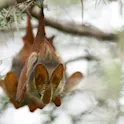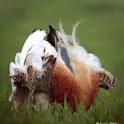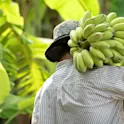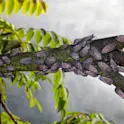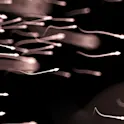
Life sciences
09 Jan 2023
Eating almonds daily boosts exercise recovery molecule by 69% among ‘weekend warriors’
By Mischa Dijkstra, Frontiers science writer A new randomized controlled trial showed that participants who daily ate 57g almonds over four weeks had a 69% higher level of the beneficial oxylipin molecule 12,13-dihydroxy-9Z-octadecenoic acid in their blood after a 90 minute session of eccentric exercise than control volunteers. In contrast, they had a 40% lower level of the mildly toxic 9,10-Dihydroxy-12-octadecenoic acid in their blood after exercise than control participants. The authors conclude that daily consumption of almonds changes the metabolism to recover faster after strenuous exercise. For those who exercise regularly, eating almonds each day might be the ideal new year’s resolution. A randomized controlled trial in Frontiers in Nutrition showed that female and male participants who ate 57g almonds daily for one month had more of the beneficial fat 12,13-dihydroxy-9Z-octadecenoic acid (12,13-DiHOME) in their blood immediately after a session of intense exercise than control participants. This molecule, a so-called oxylipin (oxidized fat) is synthetized from linoleic acid by brown fat tissue, and has a beneficial effect on metabolic health and energy regulation. Corresponding author Dr David C Nieman, a professor and director of the Appalachian State University Human Performance Laboratory at the North Carolina Research Campus, said: “Here […]

